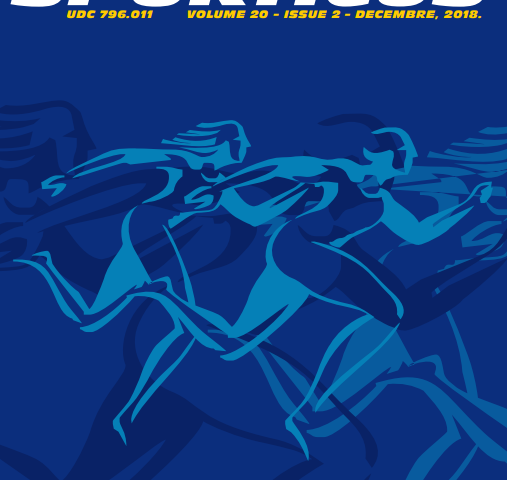Abstract
The aim of this research is to determine the model of top footballers on different field positions based on the indicator of situational efficiency. The research was carried out on a sample of 167 top footballers aged 19 to 39 who played the full 90-minute match length in the Round of 16 at the 2010 FIFA World Cup in South Africa. Both central and dispersion parameters were used to determine the top footballer model. Based on the results of the research, we can conclude that contemporary footballers have a mean age of 26.70 ± 3.73, a mean height of 180.29 cm ± 6.38, and that they covered a mean distance of 9,692 m ± 2,579. When their team was in ball possession players covered 3,742 m ± 1,137, and when they were not in ball possession players covered 3,917 m ± 1,197. The average number of sprints the footballers achieved was 93.33 ± 42.87 whereas the mean velocity was at 22.81 km/h ± 3.14. Based on the intensity of their activities, we can notice that footballers, on average, spend 83.87% ± 5.58 (most of their in-game time) in low intensity, 7.82% ± 2.73 in medium intensity activities and 8.41% ± 3.10 in high intensity activities. Footballers achieved 31.65 ± 15.80 successful passes, whereas there was a significantly higher mean indicator of unsuccessful passes i.e. 45.65 ± 18.15.


